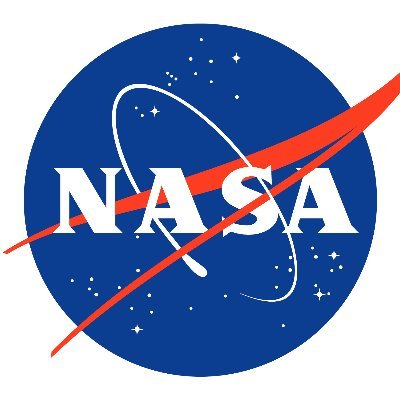After 50 years when the first man landed on the moon, team Artemis will be the first step in the next age of human exploration. Remarkably, the space exploration agency is not going it alone; together with commercial and international partners, NASA will establish a sustainable presence on the Moon to prepare for missions to Mars and other planets.
With an interesting catchphrase “we are going” NASA through the Artemis program will land the first woman and next man on the Moon by 2024, using innovative technologies to explore more of the lunar surface than ever before.

“We will collaborate with our commercial and international partners and establish sustainable exploration by the end of the decade. Then, we will use what we learn on and around the Moon to take the next giant leap – sending astronauts to Mars.
“International partnerships are key to long-term exploration and some of their astronauts will join the Artemis Team later.
“Together, we will define this incredible Artemis Generation of science and lunar exploration that doesn’t stop at the Moon, rather, prepares humanity for our next giant leap, Mars.” They wrote on their website.
In December 2020, NASA selected an initial team of astronauts – the Artemis Team – to help flag the way for the next lunar missions including sending the first woman and next man to walk on the moon.
Before humans return to the moon, NASA has detailed via their website how they will proceed to the moon and beyond. They wrote: “we will send a suite of science instruments and technology demonstrations to the lunar surface through commercial Moon deliveries beginning in 2021.”
The agency has also revealed that two missions would be flown around the Moon to test its deep space exploration systems. NASA will first launch Artemis I, an uncrewed flight to test the SLS and Orion spacecraft together, followed by the Artemis II mission, the first SLS and Orion test flight with the crew. The astronauts will by 2024 landed on the moon on the Artemis III mission and thereafter become an annual event.
Although NASA did not simplify how they will be sending astronauts to Mars from the moon, it appears that the moon is the giant leap for Artemis to explore our enormous Universe.


